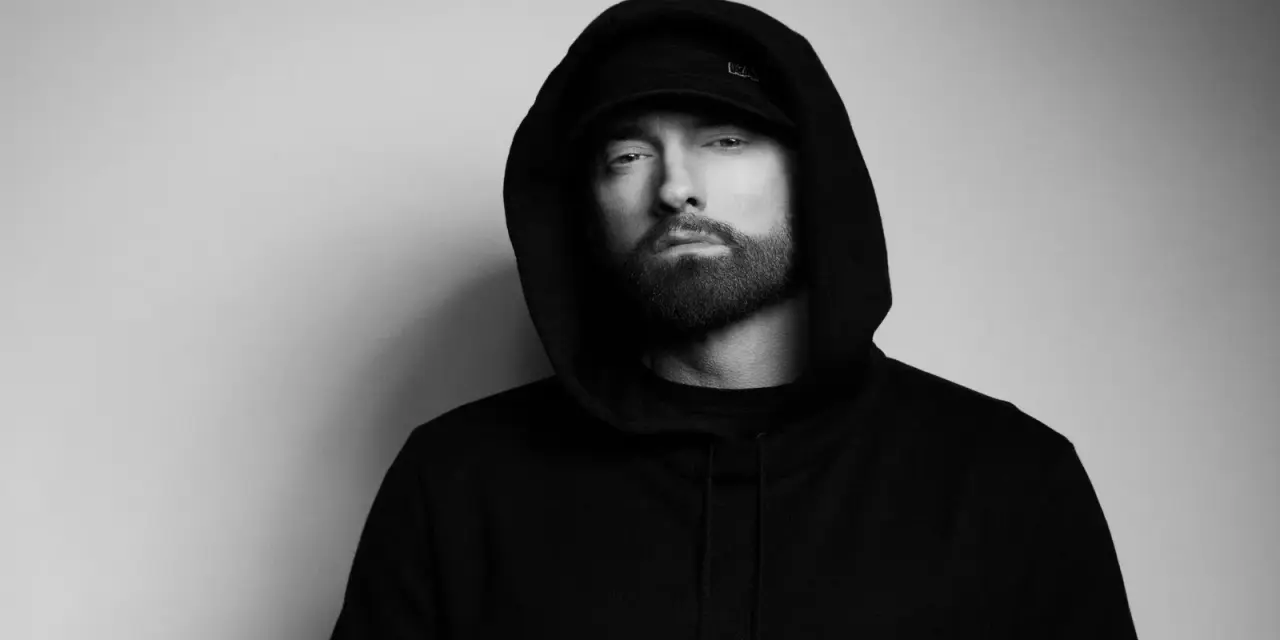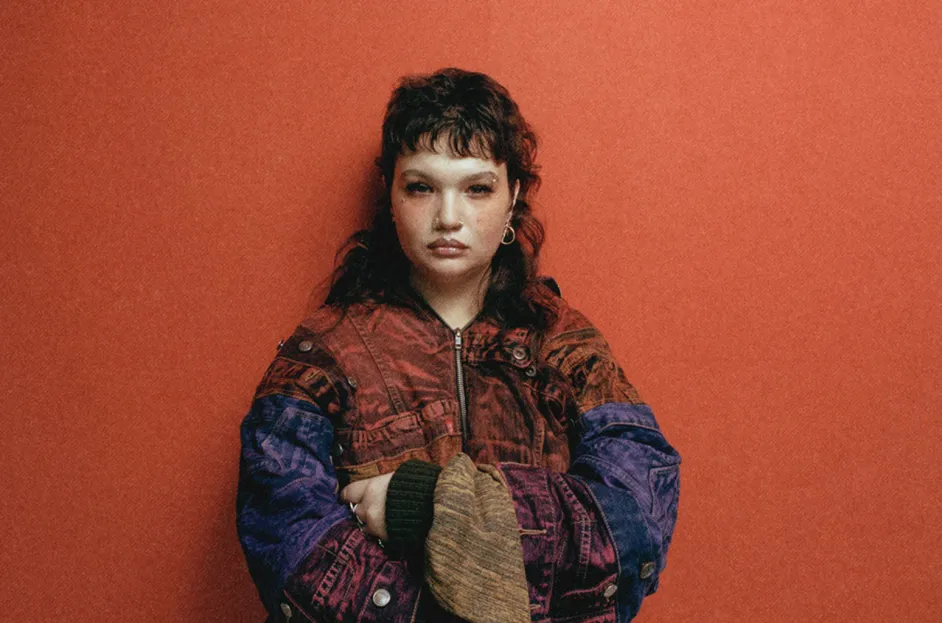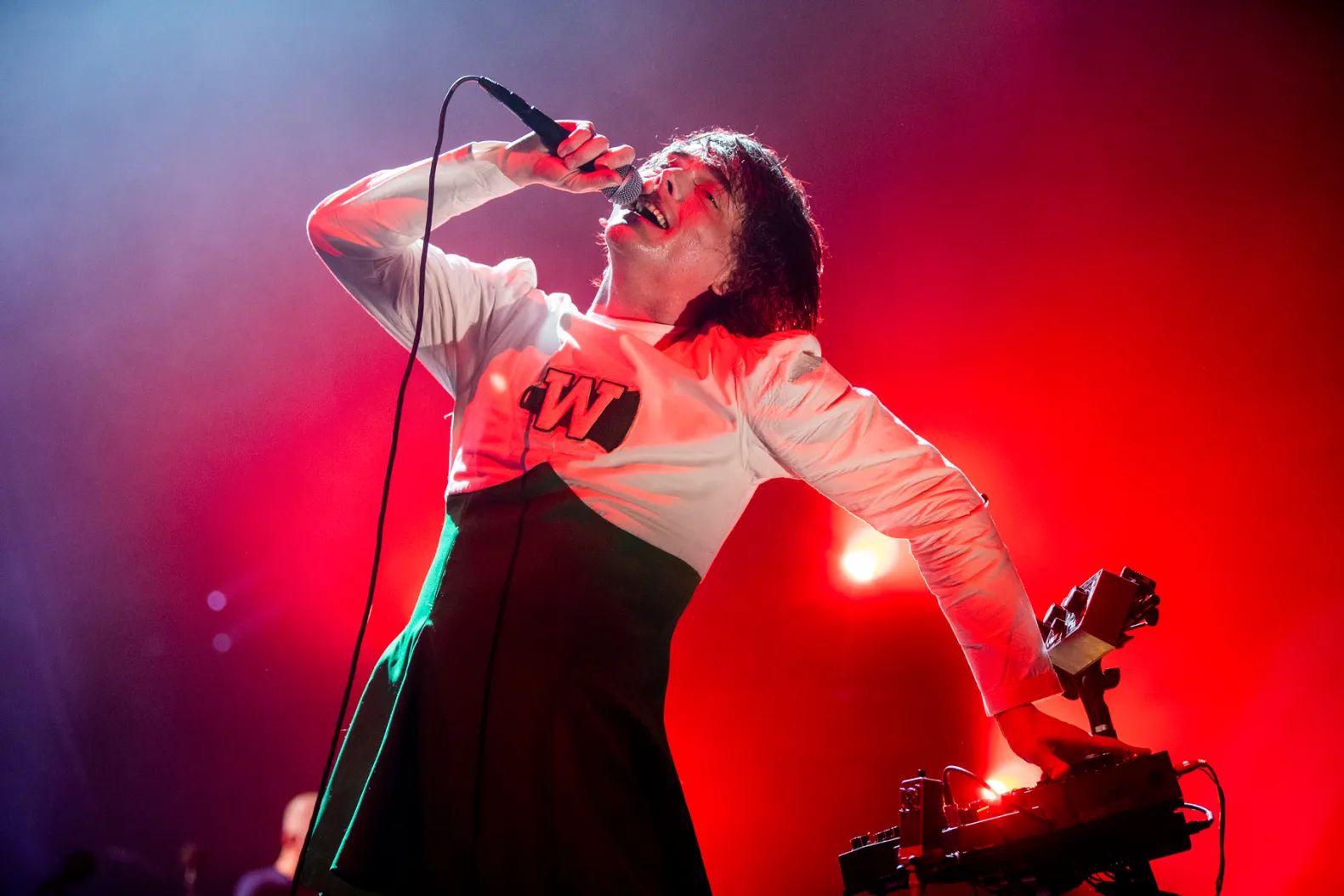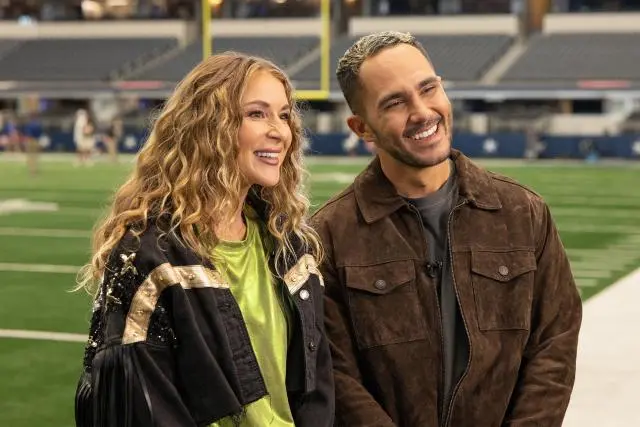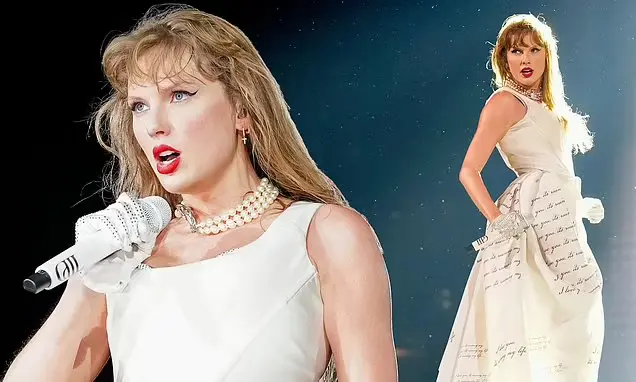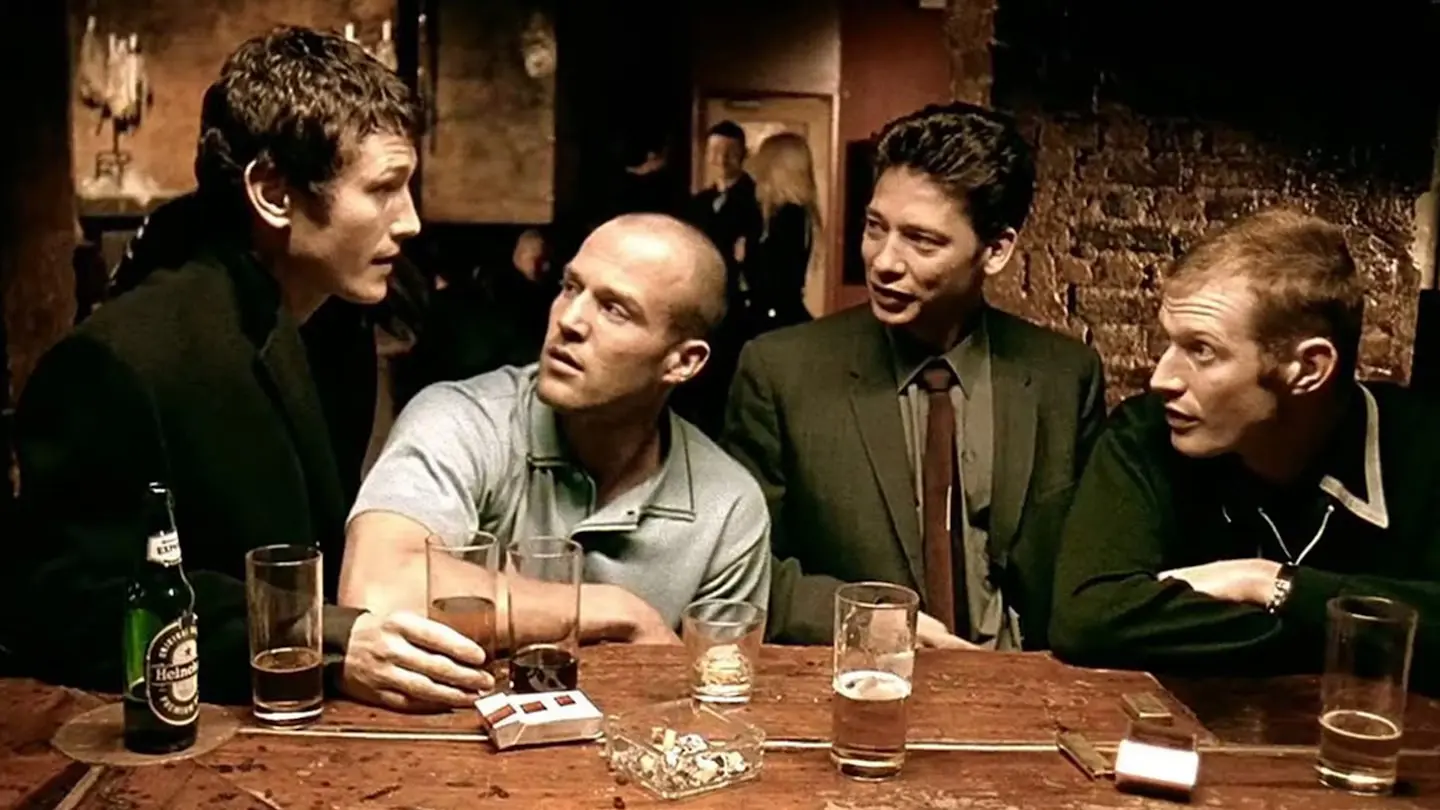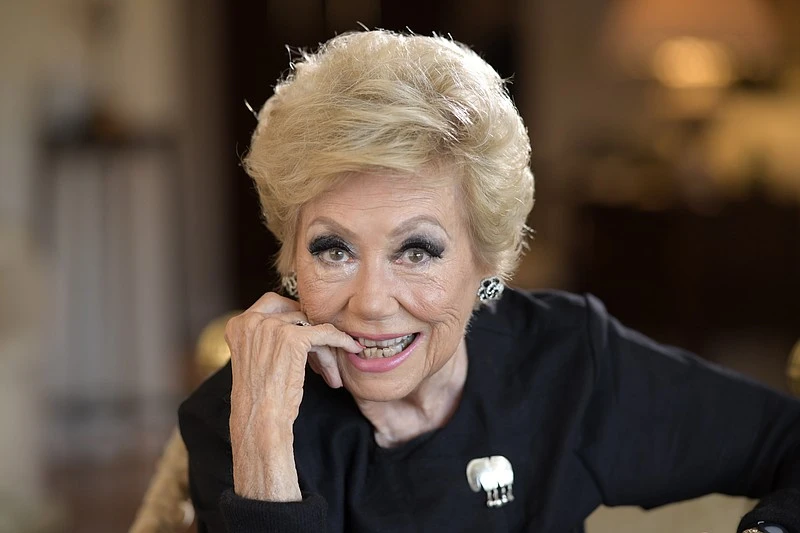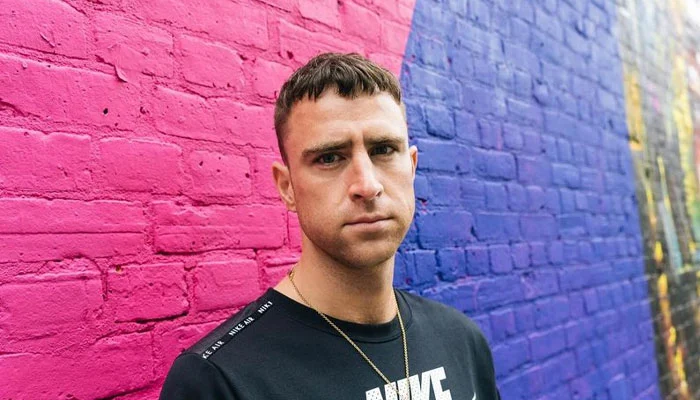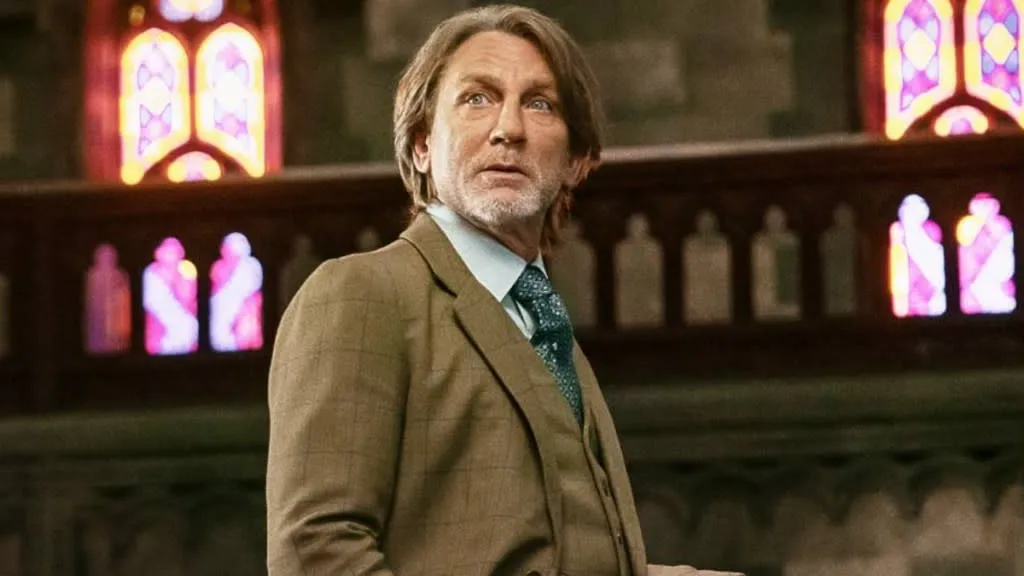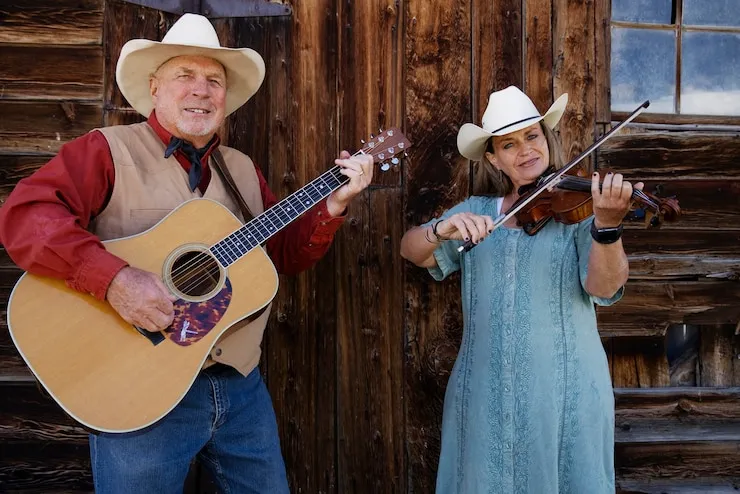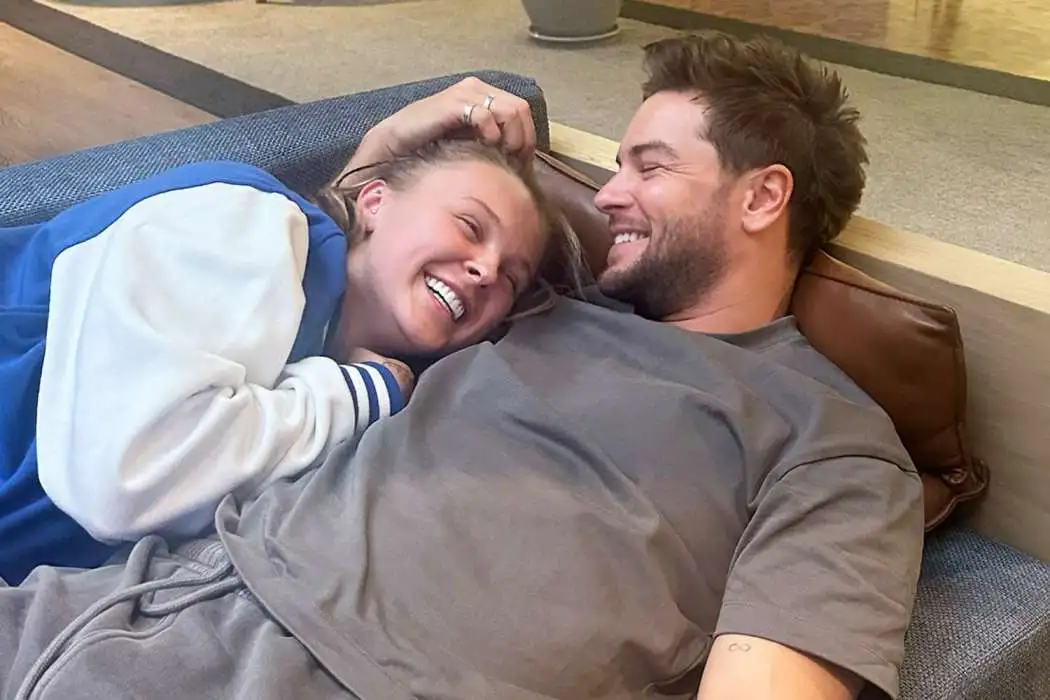Prosecutors and defense attorneys argued over whether Kyle Rittenhouse was acting in self-defense when he shot and killed two people, and wounded a third on an August night in Kenosha, Wisconsin last summer, during closing arguments in the 18-year-old’s homicide trial Monday, Nov. 15.
Both lawyers were given two-and-a-half hours to make their final case to the jury, capping off not only nearly two weeks of testimony, but a busy morning during which Judge Bruce Schroeder dismissed a misdemeanor weapons charge against Rittenhouse. Schroeder had also previously dismissed a curfew violation charge (another misdemeanor), though Rittenhouse is still facing five criminal charges, including homicide and attempted homicide. He has pleaded not guilty to all charges.
Rittenhouse has claimed he acted in self defense when he shot and killed Joseph Rosenbaum, 36, and Anthony Huber, 26, and wounded Gaige Grosskreutz, 26. Last August, Rittenhouse had driven from his home in Illinois to Kenosha, Wisconsin with an AR-15-style weapon a friend had bought for him during the unrest that followed after police shot Jacob Blake, a Black man, seven times in the back.
Rittenhouse testified during the trial, breaking into tears as he maintained that he was only trying to defend himself from Rosenbaum, Huber, and Grosskreutz when he shot them. Rittenhouse’s tearful testimony was arguably the most notable moment of the trial, though Judge Schroeder has also garnered his fair share of attention for some of his behavior and decisions. Early on, he blocked prosecutors from referring to the people Rittenhouse killed as “victims” and suggested “rioters,” “looters” and “arsonists” were fine if the defense could provide evidence justifying the use of those words. And on Veteran’s Day, Judge Schroeder encouraged the courtroom, including the jury, to applaud any veterans in the room; the lone veteran in attendance just so happened to be a defense witness about to take the stand.
Ahead of closing arguments Monday, Judge Schroeder read off instructions to the jury, after which prosecutor Thomas Binger brought the state’s case to a close. He started by asking the jury to consider Rittenhouse’s motivation for traveling to Kenosha that night, stressing that the then-17-year-old found himself protecting a business he wasn’t familiar with, that he lied about being an EMT and, of course, that he arrived with an AR-15-style weapon. “Does that suggest to you that he genuinely is there to help?” Binger asked the jury. (In an interesting move, during his closing argument, a photograph was snapped of Binger holding up Rittenhouse’s gun in the court room, with his finger on the trigger.)
Using footage of Rittenhouse’s fatal encounter with Joseph Rosenbaum — the first person Rittenhouse shot — Binger argued that Rittenhouse was the one who “provoke[d] the incident,” thus nullifying any self-defense argument. Binger added that, considering Rosenbaum wasn’t armed when he was shot, Rittenhouse should have run away instead of pulling the trigger. Rittenhouse’s decision not to flee, Binger stated, was proof he did not ‘exhaust all reasonable means to avoid killing someone,” which is another necessary component of a self-defense defense.
Rittenhouse did, however, start to run after shooting Rosenbaum, and Binger argued that, as he did, he knowingly lied to others in the crowd that Rosenbaum had pulled a gun on him. Binger said that, considering Rittenhouse had just shot Rosenbaum, the crowd had every right to view him as threat and protect themselves.
From there, Binger turned to the second person Rittenhouse shot (and the only survivor) Gaige Grosskreutz. While Grosskreutz did have a handgun that night, Binger claimed, unlike Rittenhouse, Grosskreutz did not choose to shoot Rittenhouse — as Rittenhouse did Rosenbaum — and that Grosskreutz only raised his gun at Rittenhouse after Rittenhouse shot him in the arm.
Binger concluded by arguing that Rittenhouse was guilty on all counts and asked the jury what reasonable person would have taken the same actions that rittenhoue did that night. Claiming that Rittenhouse showed “no remorse” for any of his victims that night, Binger later concluded, “The question is whether or not you believe that his actions were legally justified. And I submit to you that no reasonable person would have done what the defendant did. And that makes your decision easy. He’s guilty of all counts.”
In turn, Rittenhouse’s lawyer, Mark Richards, began his closing argument by rebuking Binger’s claim that Rittenhouse provoked the incident with Rosenbaum. Richards even referred to Rosenbaum as a “rioter” and a “bad man,” and said, “my client had to deal with him that night, alone.”
Richards argued that Binger was “lying” and “misrepresenting” the video evidence of Rittenhouse’s encounter with Rosenbaum. Instead, Richards argued, Rittenhouse “was taking off” when Rosenbaum and others approached and started chasing him. He characterized Rosenbaum’s actions as “leaping” and “lunging” at Rittenhouse, and that Rosenbaum even managed to place a hand on Rittenhouse’s gun.
“Kyle shot Joseph Rosenbaum in order to stop a threat to his person, and I’m glad he shot him because if Joseph Rosenbaum had got that gun, I don’t for a minute believe he wouldn’t have used it against somebody else,” Richards claimed. “He was irrational and crazy. … My client didn’t shoot at anyone until he was chased and cornered.”
Similarly, Richards argued that right before Rittenhouse shot Anthony Huber — whom Richards also described as a “rioter” — Huber was hitting him in the head and trying to take his gun. He also claimed Grosskreutz had his hand “on the gun going for Mr. Rittenhoue” when Rittenhouse shot him, and later claimed that Grosskreutz should have “retreated” or helped Rosenbaum, instead of joining the “mob” that was allegedly going after Rittenhouse.
Richards also went in on the media coverage that’s surrounded the Rittenhouse case, saying there’d been “a rush to judgement” and even questioning whether police were under “pressure” to arrest the 17-year-old after he fatally shot two people. Richards also argued that those gathered in Kenosha that night “were rioters” and “weren’t demonstrators,” and that Rittenhouse traveled to Kenosha with a weapon because he “feels for this community” and was “trying to help see the damage. That’s what he did.”
Ultimately, Richards stood firmly behind his argument that Rittenhouse was acting in self defense. “My client didn’t shoot anyone until he was chased and cornered, Richards claimed. He also called the trial “political” and accused the district attorney of trying Rittenhouse because “they need somebody to be resonpsible. They need somebody to put up and say… he’s the person who brought terror to Kenosha… Kyle Rittenhouse is not that individual. The rioters, the demonstrators who turned into rioters, those are the individuals who bring us forth.”



